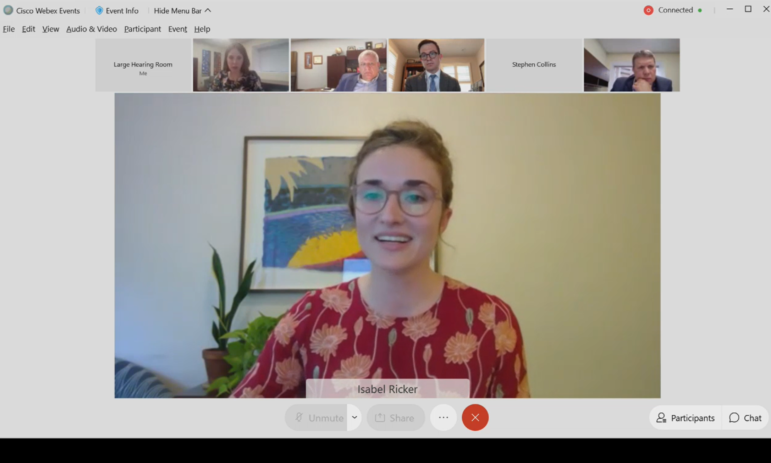
On May 20, 2021, the Minnesota Public Utilities Commission (PUC) unanimously approved a plan to pilot two new electricity rates with some of Xcel’s most energy-intensive customers. The pilots will test two new time-of-use rate designs: one that Xcel proposed and one that Fresh Energy, along with partners at MCEA, Sierra Club, UCS, and Clean Grid Alliance developed with experts at Strategen Consulting.

The new time-of-use rates are designed to incentivize these large commercial and industrial customers to shift their electricity use into times when it’s better and cheaper for the system, and to avoid times of “peak” energy demand, like summer afternoons. Increasing the flexibility of customers’ electricity demand is super important for integrating more renewable energy onto our grid, as we’ve previously written about here and here. Shifting from daytime to overnight, for example, helps to better match consumption with times of high wind energy generation.
And shifting electricity usage away from peak times means we need fewer of the “peaking” generation sources that typically serve super high levels of demand, e.g. gas plants. Avoiding construction and reducing operations of peaking plants is good for emissions and good for customers, since these tend to be some of the most expensive plants to run. Xcel began piloting modern time-of-use rates for residential customers in 2020.
The new time-of-use rate pilots will test a few different strategies for encouraging commercial and industrial customers to shift their electricity usage: bigger price signals, shorter peak periods, and Critical Peak Pricing to target extra reductions in the 75 top load hours on Xcel’s system. Fresh Energy and partners’ rate received strong support from Tesla, the Attorney General’s Office, and the City of Minneapolis.
We are excited to see a significant pilot roll-out over the next several years. It will give customers, including EV fast charging sites, much better options than they have today, and will let the state learn a lot more about how these rates work before adopting a new permanent time-of-use rate(s) for commercial and industrial customers in a few years.
There is a lot more work ahead as we negotiate the pilot details with Xcel over the coming months, before they take effect in 2022. But this is a key milestone, especially since Fresh Energy has been working to modernize the commercial and industrial time-of-use rate since at least 2018. The decision is a strong signal that the Commission understands the importance of load flexibility for an affordable clean energy transition and is not shying away from big decisions to get us there.

